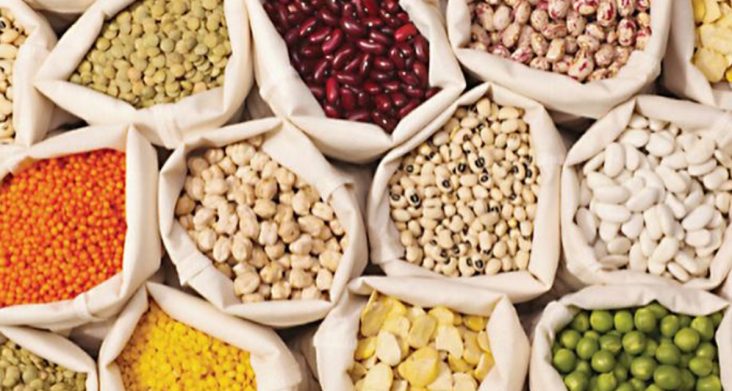Organic sales up 12.4% in 2020, with organic meat sales up 25%
by May 26, 2021 3:40 pm 953 views

Consumers hunkered down at home amid the pandemic last year began to look for more natural and organic foods to feed their families. The Organic Trade Association (OTA) reports the organic consumables market surpassed $60 billion in 2020, rising 12.4%.
The trade group said total sales last year were $61.9 billion, with net growth of $6.8 billion in the pandemic year. Organic food sales jumped 12.8% to $56. 5 billion in 2020. Non-food sales rose 8.5% to $5.4 billion, representing about 8.8% of the total organic product sales, the trade group reports.
“Organic purchases have skyrocketed as shoppers choose high-quality organic to feed and nourish their families,” CEO Laura Batcha, noted in the release. “The pandemic caused abrupt changes in all of our lives. We’ve been eating at home with our families, and often cooking three meals a day. Good, healthy food has never been more important, and consumers have increasingly sought out the [USDA] Organic label.”
The trade group said 2020 was the first time in five years since sales grew by double-digits. The U.S. organic food market share was almost 6% of all food sales last year. Total sales of organic fruit and vegetables reached $20.4 billion in 2020, pushed by a more than 28% jump in frozen. The trade group said more than 15% of all fruit and vegetables now sold in the U.S. are organic.
Among pantry goods, sales of organic flours and baked goods increased 30% as consumers embraced home cooking. Other areas like the sales in “meal support” products also jumped last year. Higher sales of organic sauces helped lift the $2.4 billion condiments category to 31% growth. Organic spice sales climbed 51%, more than triple the growth rate of 15% in 2019. Organic meat sales is the smallest of all categories but last year they rose 25% to $1.7 billion, the trade group states.
OTA said like all food processing in 2020, organic growth was hindered by supply chain issues.
“Across all the organic categories, growth was limited by supply, causing producers, distributors, retailers and brands to wonder where numbers would have peaked if supply could have been met,” said Angela Jagiello, director of education & insights at OTA.
She said it was not only food ingredients that were taxed amid the pandemic, but also packaging goods like bottles, lids, pouches, corrugated cardboard, bottles for dietary supplements were in short supply as were workers and drivers to transport product, making it hard for producers to ramp up processing to meet consumer demand.
OTA predicts there will be a new normal in the months ahead and the trade group does not expect 2021 food sales to continue to grow at the 2020 rate. The trade group anticipates the grocery industry at large will get a lasting lift from the pandemic for the foreseeable future as many consumers continue to cook more at home.
“We’ve seen a great many changes during the pandemic, and some of them are here to stay,” said Batcha. “What’s come out of COVID is a renewed awareness of the importance of maintaining our health, and the important role of nutritious food. For more and more consumers, that means organic. We’ll be eating in restaurants again, but many of us will also be eating and cooking more at home. We’ll see more organic everywhere – in the stores and on our plates.”
A new report from Fior Markets indicates the global organic food and beverage market is poised to grow from $255.2 billion last year to $849.7 billion by 2028, a compound annual growth rate of 16.42%. The biggest catalyst for the growth prediction is changes in consumer behaviors toward demanding clean labels and product transparency.
Consumers have become more health conscious which has pushed manufacturers to focus on introducing natural fruit ingredients with no added sugar in their food and beverages products, the Fior Market report notes. Other factors supporting the growth include increased purchasing power of consumers and aversion to consumption of products with synthetic ingredients. Fior estimates supermarkets and hypermarkets had a dominant 42% market-share of organic food and beverage sales in 2020.
